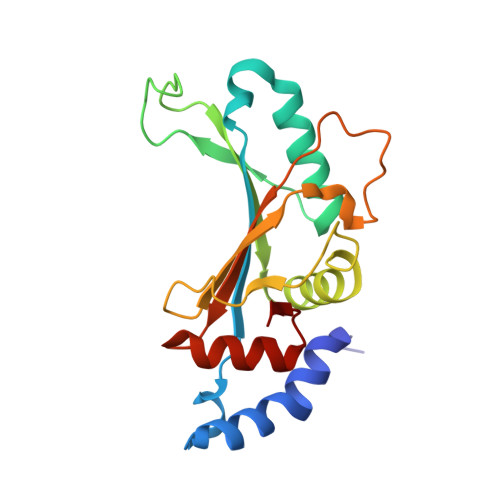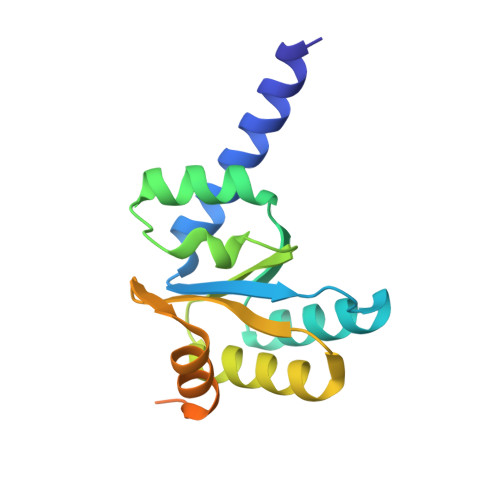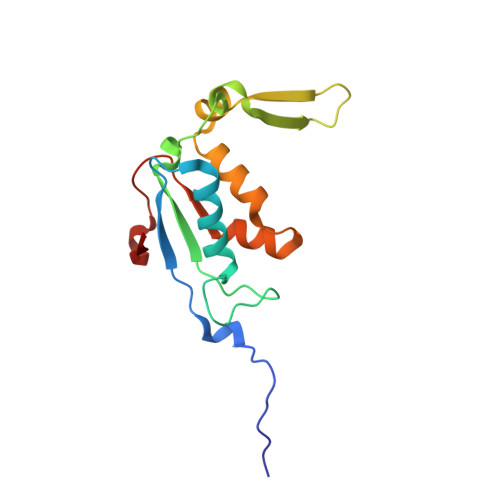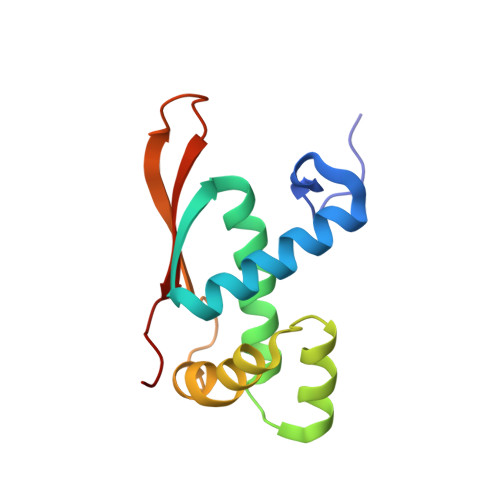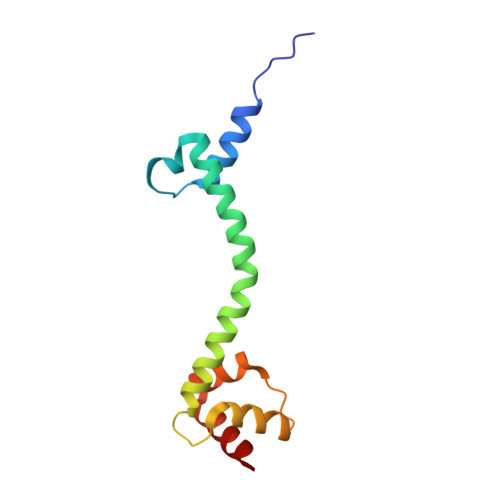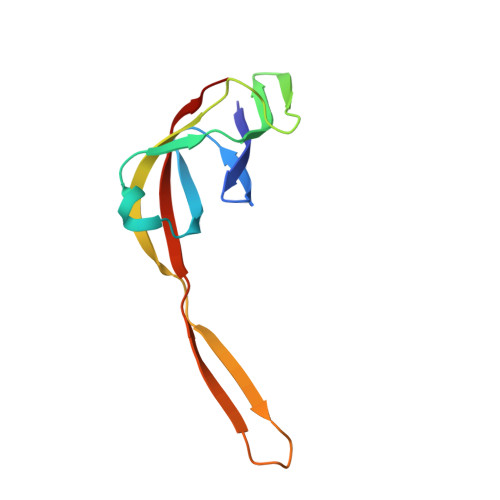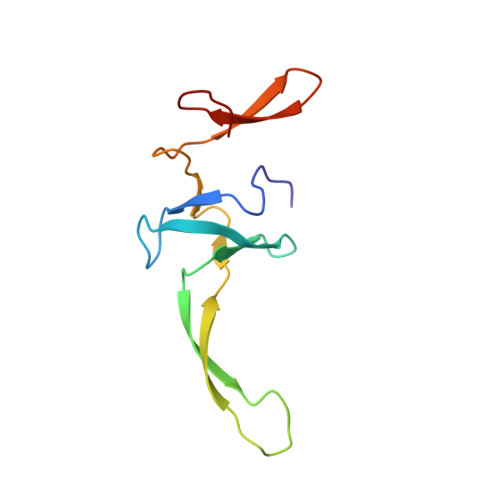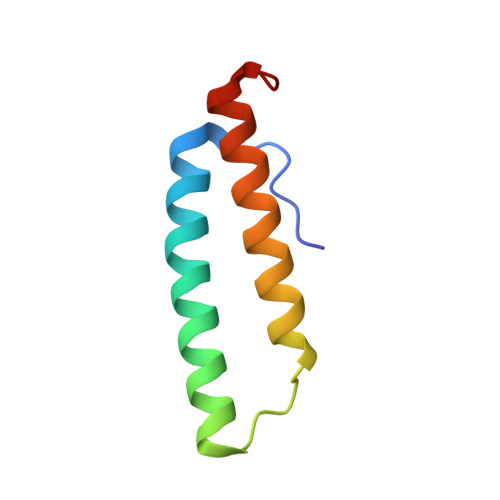The structure of a hibernating ribosome in a Lyme disease pathogen.
Sharma, M.R., Manjari, S.R., Agrawal, E.K., Keshavan, P., Koripella, R.K., Majumdar, S., Marcinkiewicz, A.L., Lin, Y.P., Agrawal, R.K., Banavali, N.K.(2023) Nat Commun 14: 6961-6961
- PubMed: 37907464
- DOI: https://doi.org/10.1038/s41467-023-42266-7
- Primary Citation of Related Structures:
8FMW, 8FN2 - PubMed Abstract:
The spirochete bacterial pathogen Borrelia (Borreliella) burgdorferi (Bbu) affects more than 10% of the world population and causes Lyme disease in about half a million people in the US annually. Therapy for Lyme disease includes antibiotics that target the Bbu ribosome. Here we present the structure of the Bbu 70S ribosome obtained by single particle cryo-electron microscopy at 2.9 Å resolution, revealing a bound hibernation promotion factor protein and two genetically non-annotated ribosomal proteins bS22 and bL38. The ribosomal protein uL30 in Bbu has an N-terminal α-helical extension, partly resembling the mycobacterial bL37 protein, suggesting evolution of bL37 and a shorter uL30 from a longer uL30 protein. Its analogy to proteins uL30m and mL63 in mammalian mitochondrial ribosomes also suggests a plausible evolutionary pathway for expansion of protein content in mammalian mitochondrial ribosomes. Computational binding free energy predictions for antibiotics reflect subtle distinctions in antibiotic-binding sites in the Bbu ribosome. Discovery of these features in the Bbu ribosome may enable better ribosome-targeted antibiotic design for Lyme disease treatment.
Organizational Affiliation:
Division of Translational Medicine, Wadsworth Center, New York State Department of Health, Albany, NY, USA.











